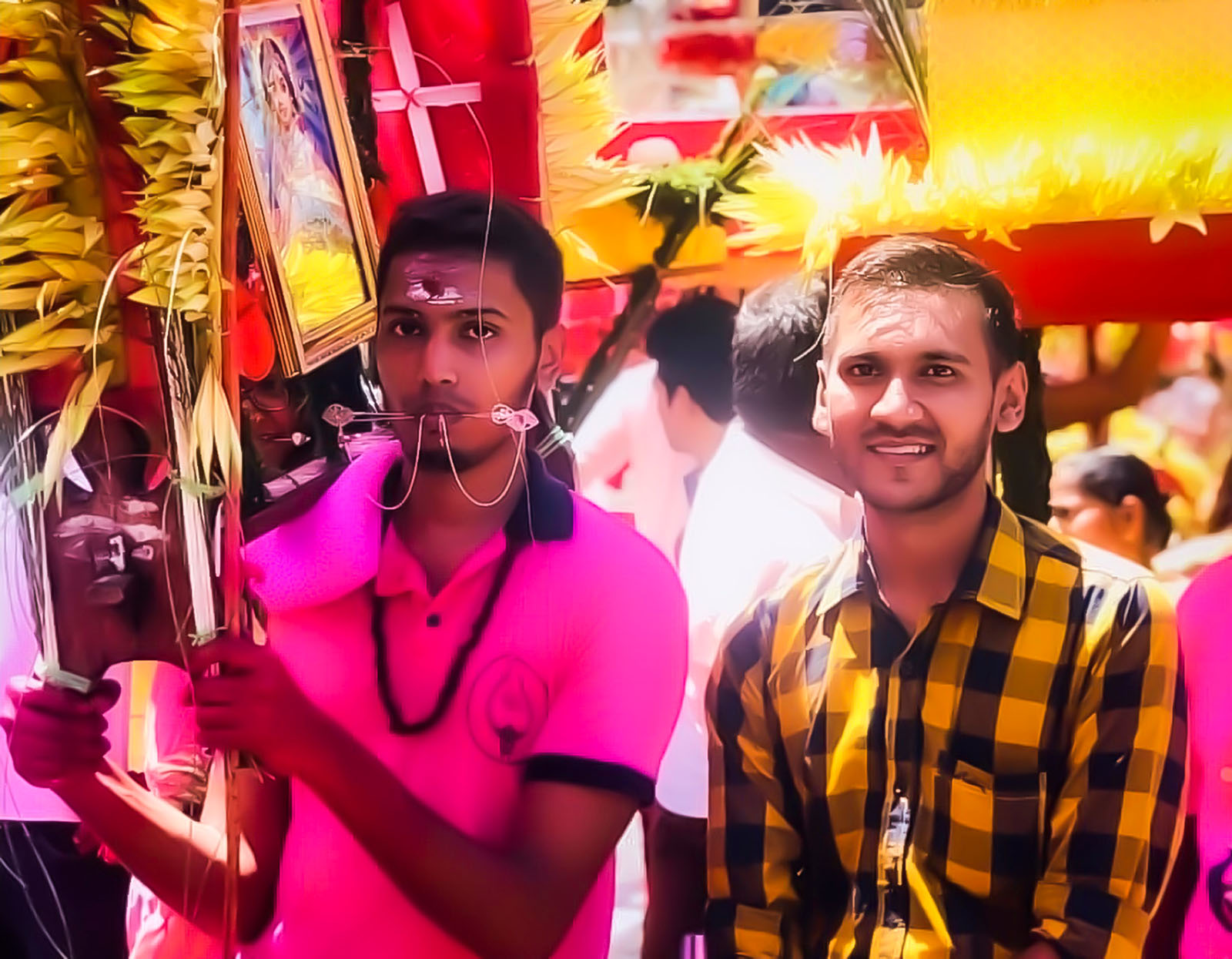prasad1
Active member
On the dark evening of November 2nd, 1834, thirty-six Indian laborers arrived at Port Louis, Mauritius, on the Atlas, the first ship to bring Indian indentured laborers to Mauritius. Apprehensive at the unknown lives that awaited them, they disembarked onto Mauritian soil, perhaps unknowingly embedding the footprint of Hinduism onto this foreign land. Together, they would create a cultural and religious impression that would last into the foreseeable future.

A painting depicting the Atlas
Each of these immigrants carried his or her bundle of personal possessions from the homeland: Indian clothing, scarce personal trinkets, and copies of the Ramayana—the classic story which would serve as a foundation and anchor for Hinduism in this new country. These books, some given as departing gifts from their family and elders, carried the message that even though you are leaving everything you know behind, you must never abandon your dharma.

 www.hinduismtoday.com
www.hinduismtoday.com

A painting depicting the Atlas
Each of these immigrants carried his or her bundle of personal possessions from the homeland: Indian clothing, scarce personal trinkets, and copies of the Ramayana—the classic story which would serve as a foundation and anchor for Hinduism in this new country. These books, some given as departing gifts from their family and elders, carried the message that even though you are leaving everything you know behind, you must never abandon your dharma.

Mauritius Youth Reflect on Hinduism - Hinduism Today
Meet the new generations charged with maintaining and enriching their religious identity in a multicultural island nation By Savita Tiwari, Mauritius On
 www.hinduismtoday.com
www.hinduismtoday.com
